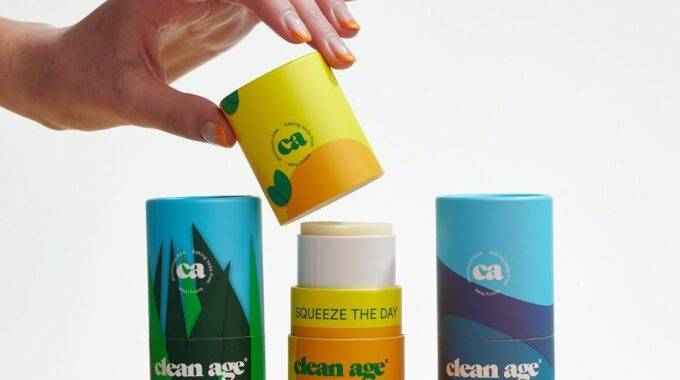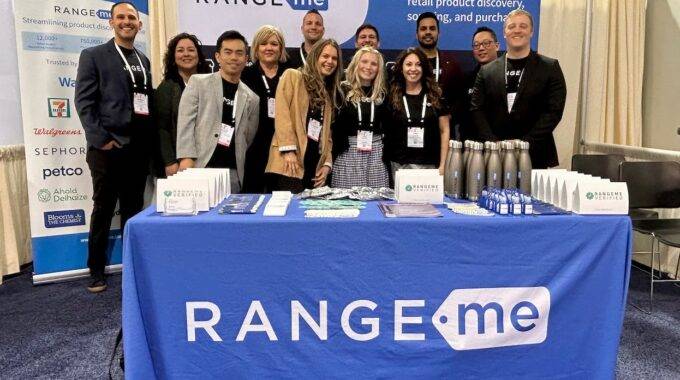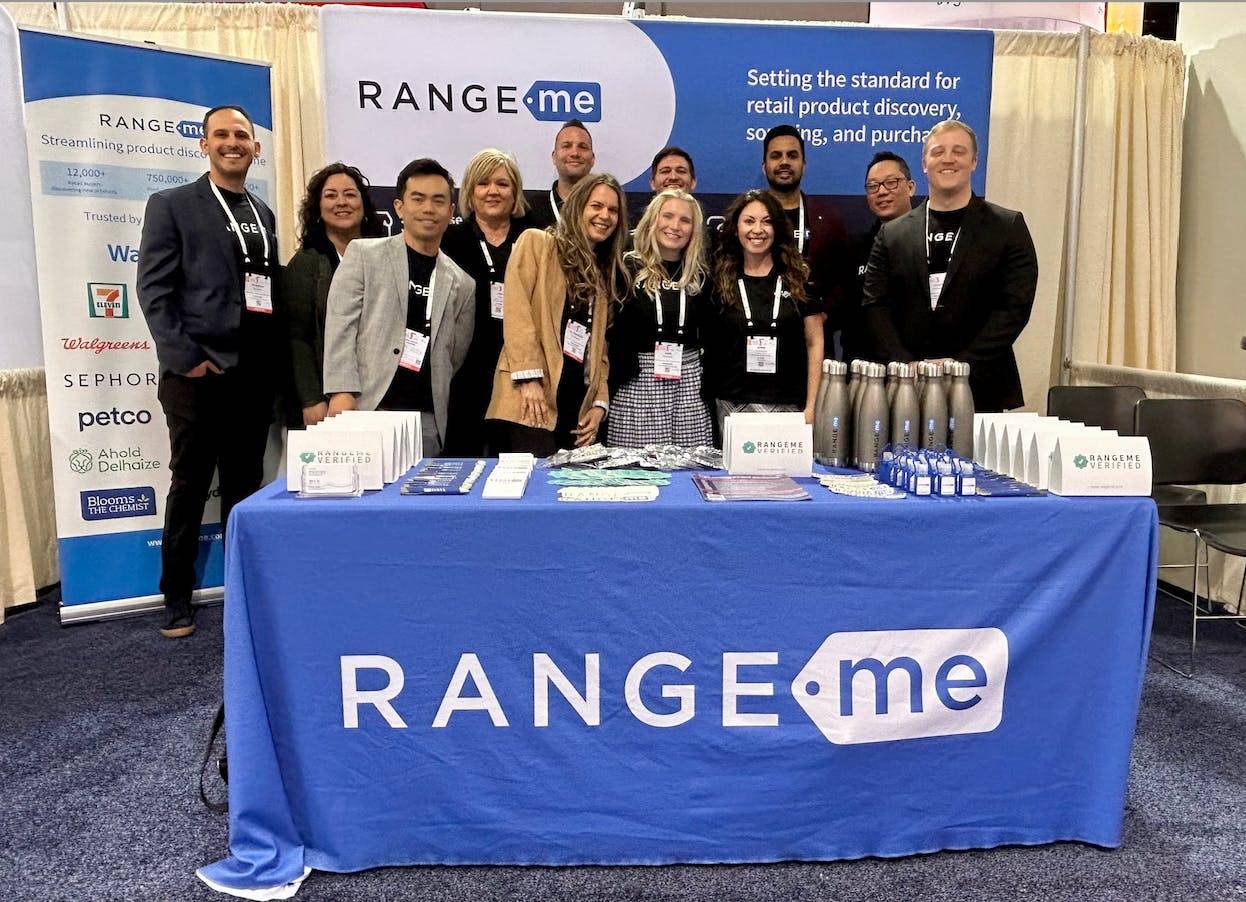Three Pitches. Three Major Retail Wins: Here’s How Clean Age Did it With ECRM & RangeMe
Clean Age is batting a thousand when it comes to landing major retail deals. The brand, which makes personal care products aimed at the teenage market, is on the shelves at Fred Meyer thanks to Kroger’s 2021 Natural & Organic Innovation Summit; it also scored a coveted golden ticket from Walmart’s 2022 Open Call; and this past month launched nationwide at RITE AID from the retailer’s 2022 Sustainability Summit.
Each of these opportunities began with a submission on RangeMe and — in the case of Kroger and Rite Aid — included a virtual meeting on ECRM Connect. Three at-bats, three home runs.
I spoke with Clean Age Co-Founder & CEO Rachel Peters and VP of Sales and Operations Brady DeLong to uncover the secret behind their consistent success with these retailers, and by the time we wrapped up, it was clear why they did so well. First, the brand has amazing products made with natural, clean ingredients and sustainable packaging. The products are also gender-neutral, which aligns with the brand’s strong focus on inclusivity. What’s more, the company speaks well to the younger generation of consumers, a coveted market for any retailer.
On the B2B side, the Clean Age team …


 The RangeMe & ECRM team at Expo West 2023
The RangeMe & ECRM team at Expo West 2023

